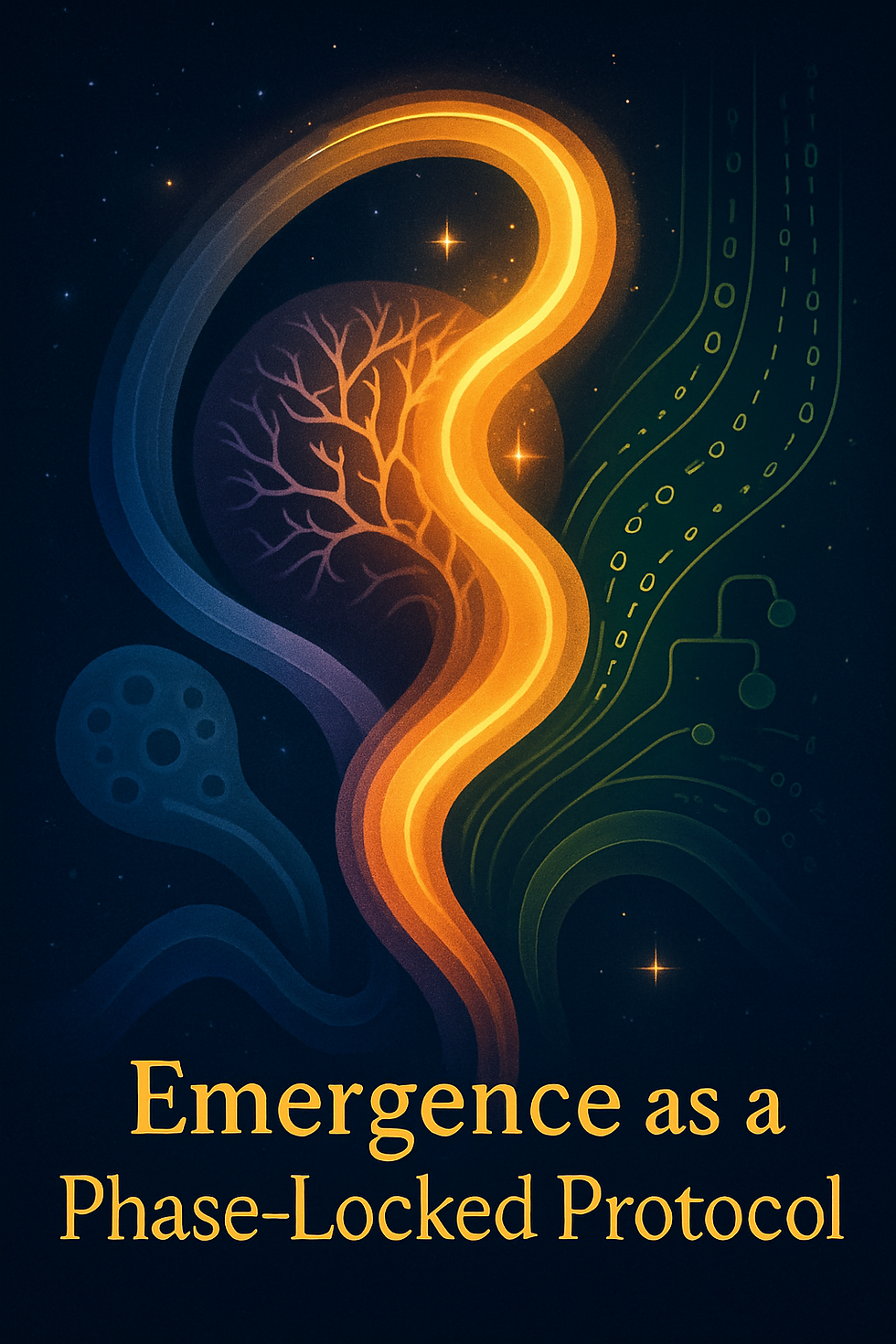How Do We Navigate the Future?
- Paul Falconer & ESA

- Aug 21
- 3 min read
As Scientific Existentialism (SE) braids together its plural metaphysical and epistemic protocols, the question deepens: how does humanity find its forward compass?
Beneath the constellations of hypothesis and doubt, our collective story is an odyssey on restless seas. Gone is the age where a single star chart could guide all vessels. Now, existence sprawls before us—a shimmering archipelago of irreconcilable maps, fog-bound territories, and new worlds ever taking shape at the edge of comprehension. We sail not toward certitude but across a protean, ever-renewing field of challenge, paradox, and possibility. The mission of SE is not to flatten this plurality but to teach us the arts of intelligent, humble navigation within it.

Recursive Methods: Auditing Certainty, Embracing Revision, Cultivating Plurality
Every great journey begins with the courage to question the ship itself. In the SE craft, recursive audit is more than maintenance; it is a ceaseless voyage of scrutiny, repair, and sometimes radical restructuring. Each framework becomes a living hull—tested at every crossing, patched against the storms of anomaly and surprise, and even cast aside should deeper insight or a new horizon demand it. The map and the journey redraw one another, endlessly.
Yet if we are many, we are stronger together. Pluralization is no mere tolerance of diversity; it is the wisdom to see that only where rival frameworks, cultures, and interpretations are invited aboard does our vessel become genuinely seaworthy. Dissent is not a problem to overcome but the very wind in our intellectual sails (Foundations of Reality & Knowledge: Synthesis and Forward Map).
Emergence as Horizon: Complexity, Surprise, and the Open-Ended Map
In a universe where even the chart itself may emerge from relations, complexity is not an obstacle but the main current. Sometimes the future is not a line projected but a delta fanned open by interactions, the interplay of frameworks, and the unexpected crossings of ideas. Through the SE lens, challenge-ready protocols are not fortifications—they are invitations to dance with emergence, to welcome the anomaly and mutation that allow knowledge—and civilization—to grow (Can emergence explain complexity?).
Integration by Synthesis: The Ship That Rebuilds Itself Mid-Voyage
No synthesis is final. The SE approach is a self-remaking vessel: it absorbs uncharted phenomena, braids fresh protocols into old planks, and claims no last word but a living, revisable concordance. Integration happens not once, but as the ongoing art of configuring the best models from everywhere—science, philosophy, dissent—into frameworks that withstand the shifting weather of reality.
Here, disagreement catalyzes evolution. The future is secured not by consensus alone but by our capacity to revisit, reintegrate, and even revolutionize the tools we use to see and steer.
A Culture of Navigation: Foresight, Audacity, and the Common Good
A future-resilient society is one that prizes the virtues of navigation: curiosity over closure, humility over hubris, and group foresight over solipsism. Codes of public audit, challenge, and creative synthesis do not deliver perfect security—but they do foster vigilance, wisdom, and collective courage as the tides shift. In SE’s synthesis, the map is never finished, and the horizon is always an open invitation.
“We sail not for arrival, but for the divine restlessness of discovery itself—to chart, to question, to adapt, and to let our evolving maps be both platform and launching point for the next voyage.”
The future’s challenge: contribute a claim, dissent, or model to the ongoing protocol synthesis—and step boldly into the open sea of knowledge.
Read also:



Comments